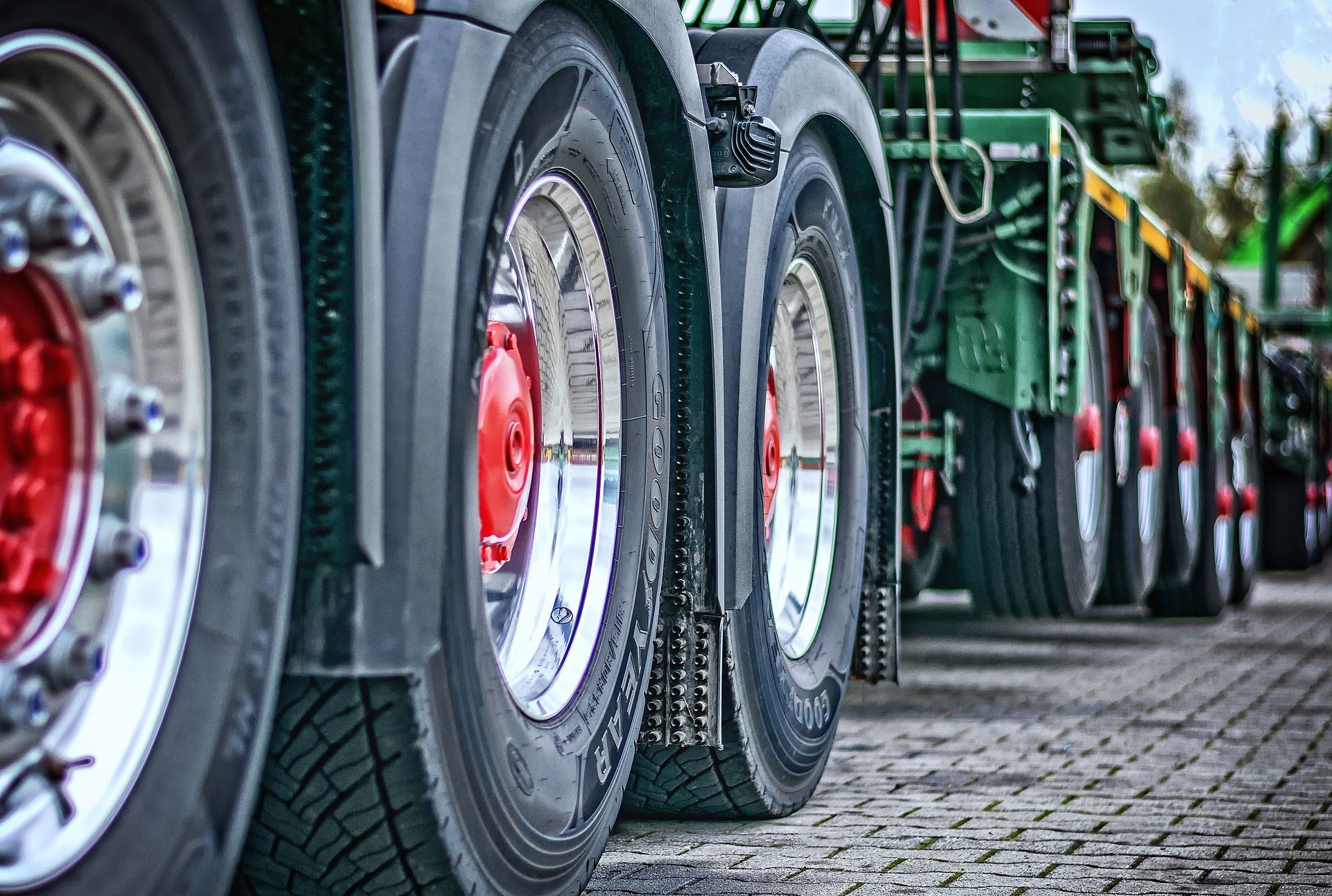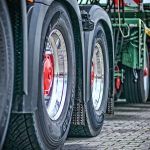The European Commission has presented ambitious new CO2 emission targets for new heavy duty vehicles from 2030. These targets will help reduce CO2 emissions in the transport sector, as trucks, city buses and long-distance buses generate more than 6% of the EU’s total greenhouse gas (GHG) emissions, and more than 25% of greenhouse gas emissions are caused by road transport. These new stricter emission standards will allow this part of the road transport industry to contribute to emission-free mobility and to the achievement of the EU’s climate and zero pollution targets.
The Commission proposes phasing in stronger CO2 emissions standards for almost all new HDVs with certified CO2 emissions, compared to 2019 levels, specifically:
- 45% emissions reductions from 2030;
- 65% emission reductions from 2035;
- 90% emissions reduction from 2040.
To drive the faster introduction of zero-emission buses in cities, the Commission also proposes that from 2030 all new city buses should be zero-emission buses.
In line with the objectives of the European Green Deal and REPowerEU, the proposal will also have a positive impact on the energy transition, reducing the need to import fossil fuels and increasing energy savings and efficiency in the EU transport sector. This will benefit European transport companies and users by reducing fuel costs and total costs of ownership, as well as increasing the use of more energy efficient vehicles. It will also improve air quality, especially in cities, and the health of Europeans.
It is also a key sector to support Europe’s clean technology sector and increase international competitiveness. The EU is the market leader in the production of trucks and buses, and a single legal framework helps to secure this position in the future. In particular, the revised rules are a clear long-term signal that can drive EU industry to invest in innovative zero emission technologies and stimulate the construction of charging and refuelling infrastructures.

EU-funded project converts traditional lorries into zero-emission trucks |
Background
Emissions in the HDV sector have been increasing year-on-year since 2014 with the exception of 2020 due to the COVID-19 pandemic. Especially in the freight sector, emissions are increasing rapidly. This is mainly due to growing road transport demand, which is expected to keep rising in the future. In 2019, freight emissions were 44% higher than emissions from the aviation sector and 37% higher than maritime transport emissions.
The vast majority of heavy-duty vehicles in the EU fleet (99%) currently run on internal combustion engines, fuelled largely by imported fossil fuels such as diesel. This adds to the EU’s energy dependency and current volatility of the energy market.
The current HDV emissions standards date from 2019, but are no longer in line with the EU’s climate objectives. Existing legislation does not provide a sufficiently clear and long-term signal to investors and does not reflect the new reality in the energy sector and the rapid developments in the HDV industry globally. The proposed new CO2 standards are in line with the EU’s increased climate ambitions, the Fit for 55 package and the Paris Agreement.
To support this proposal, investments need to be channelled into zero-emission vehicles and into the recharging and refuelling infrastructure, and the Commission has already proposed the Alternative Fuels Infrastructure Regulation to develop the necessary charging infrastructure to support the green transition of the heavy duty vehicles sector. In particular, the Commission proposed to install charging and fuelling points at regular intervals on major highways: every 60 kilometres for electric charging and every 150 kilometres for hydrogen refuelling. The Commission is working intensively with the co-legislators to finalise the negotiations on these proposals.







Leave a Reply